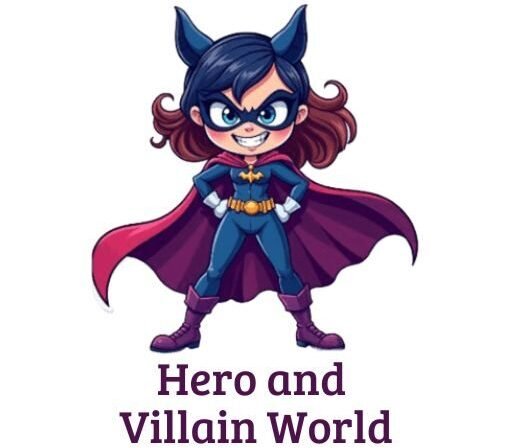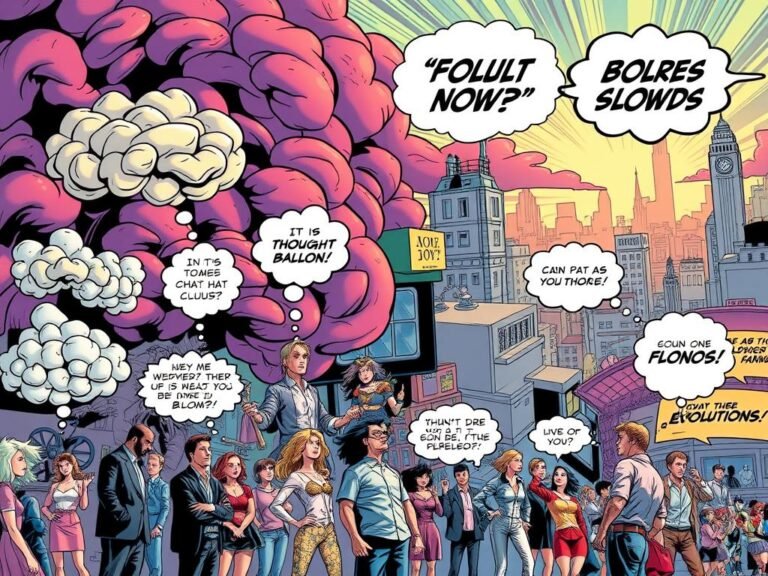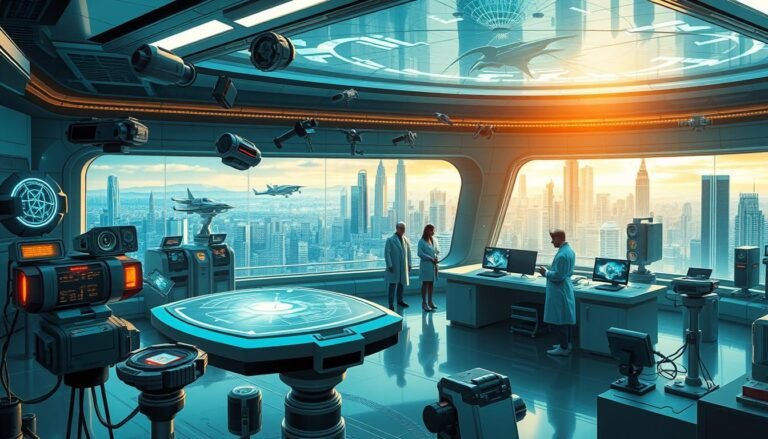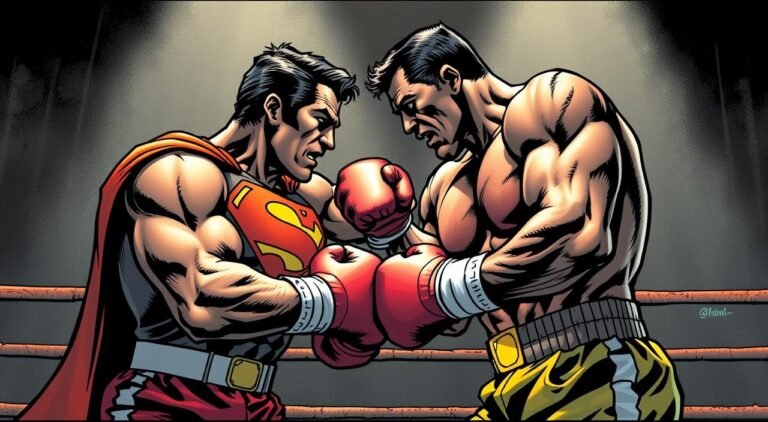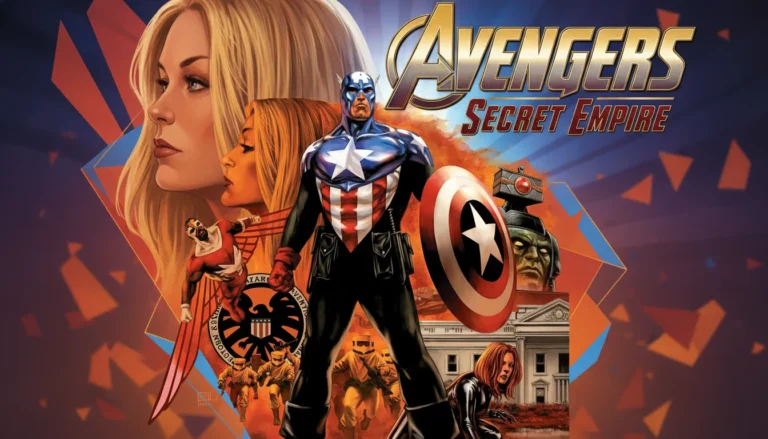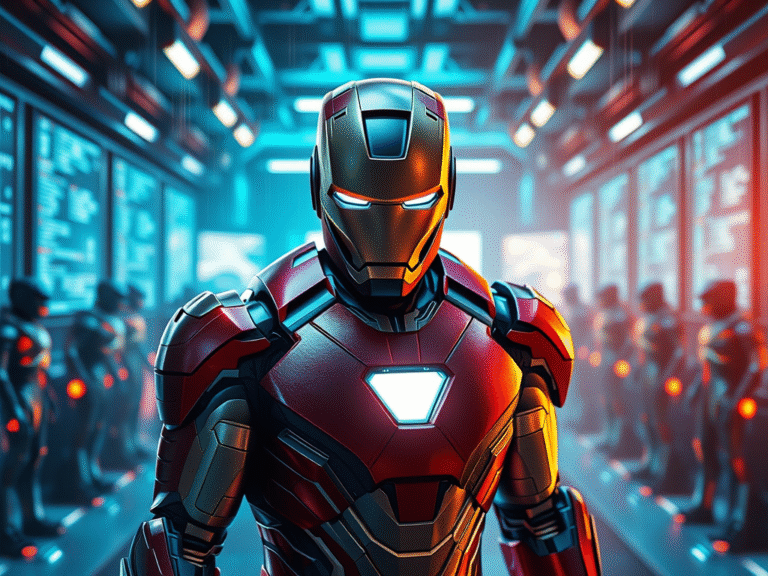Superman: Secret Identity – Kurt Busiek’s Meta Take on What If Superman Lived Here
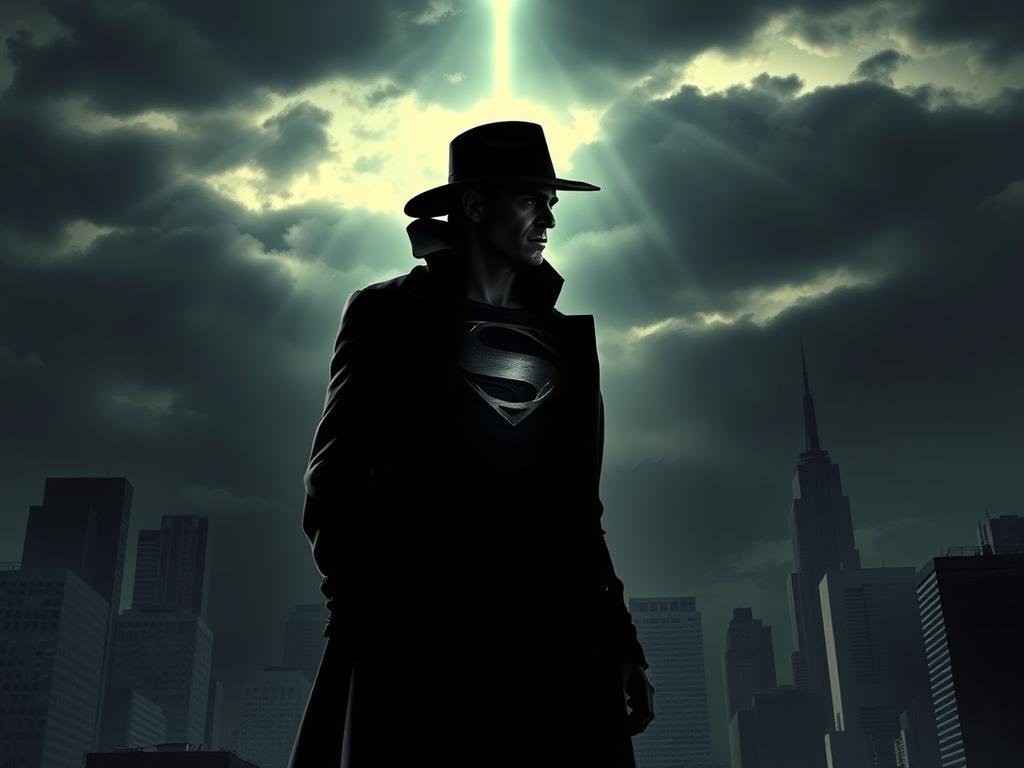
I’ll never forget the first time a comic book made me feel more than it made me cheer. We’ve all grown up with stories of caped heroes saving cities from doom, but what happens when those tales stop being about cosmic battles and start asking how power shapes our humanity?
That’s the magic of Kurt Busiek’s groundbreaking work. Instead of intergalactic threats, we get something quieter—a young man navigating relationships, self-doubt, and the weight of extraordinary gifts. You don’t need laser vision to relate to wanting both connection and purpose.
This graphic novel reimagines iconic mythology through everyday struggles. What if incredible abilities didn’t solve problems but complicated them? How do you stay true to yourself when the world wants to define you?
The brilliance lies in its simplicity. By stripping away familiar tropes, Busiek creates space for raw emotional truth. It’s less about heroics than about finding meaning in ordinary moments—something that stays with you long after closing the book.
Introduction: Unpacking Superman: Secret Identity
Opening this graphic novel felt like stepping into a mirror universe. Here’s a Clark Kent who shares nothing with his namesake except a Kansas address and relentless bullying about his “heroic” name.
His world has no caped crusaders—just comic books and classmates who won’t stop making Daily Planet jokes.
What hooked me was the slow burn of realization. When this ordinary teen discovers Superman powers emerging, there’s no fanfare—just quiet panic. Busiek masterfully asks: How would you handle flight strength in a real world that thinks superheroes belong on pages, not in skies?
The concept flips everything we expect. Instead of embracing his abilities, Clark hides them. No fortress of solitude, no Justice League calls—just a kid terrified of becoming a lab experiment.
It’s less about saving cities than surviving high school while your hands accidentally crush doorknobs.
This approach makes the story shockingly relatable. We’ve all felt like outsiders, but imagine fearing your own potential. The secret identity here isn’t a disguise—it’s the mask of normalcy we all wear when we’re scared to stand out.
Background and Context of the Graphic Novel
What fascinates me most about groundbreaking comics isn’t their flashy battles—it’s how they reimagine familiar ideas. The roots of this story stretch back to 1985, when DC Comics Presents #87 introduced a world where superheroes existed only in fiction.
Earth-Prime wasn’t just a setting—it was a mirror held up to readers’ realities.
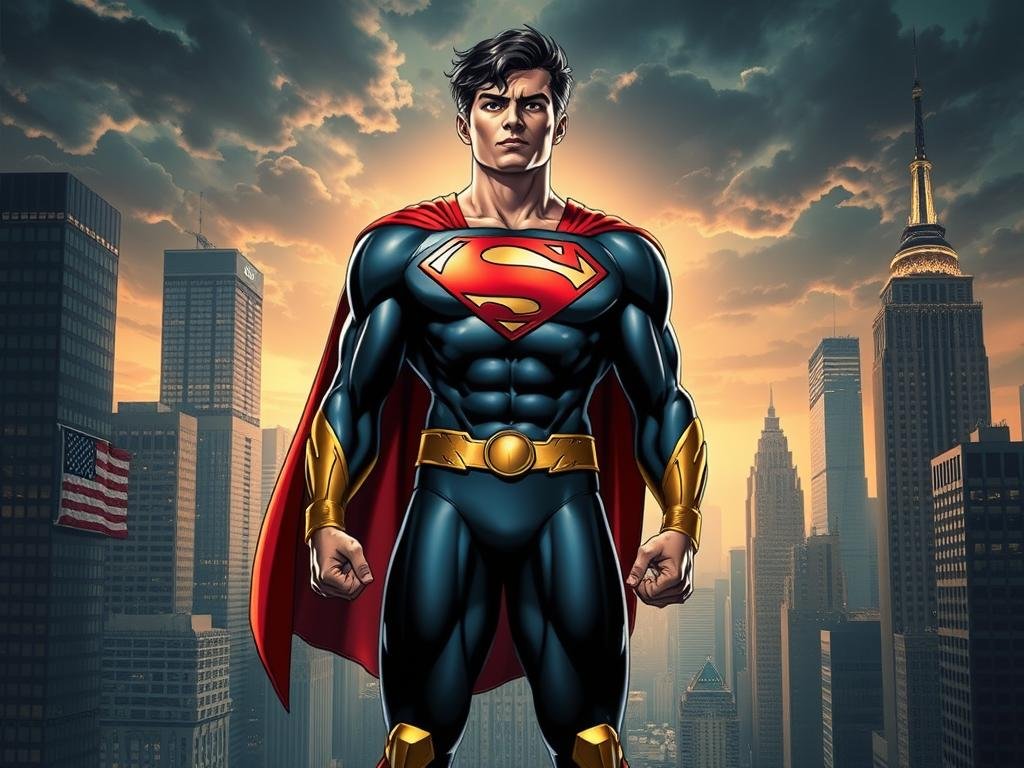
That original Superboy-Prime concept became a catalyst for universe-altering events. But here’s the twist: Busiek’s take flips the script. Instead of cosmic chaos, we get quiet introspection. Over years, the premise evolved from plot device to profound character study.
Where earlier comic stories used Earth-Prime as a meta-joke, this graphic novel asks deeper questions. How does extraordinary power shape someone raised in our ordinary world? The answer unfolds through intimate moments rather than multiverse explosions.
I appreciate how the story honors its roots while carving new ground. Superboy-Prime’s legacy lingers, but the focus shifts to human-scale struggles. It’s less about saving realities than surviving them—one awkward conversation and accidental super-feat at a time.
Author and Writer Perspective: Kurt Busiek’s Vision
Exploring Busiek’s stories feels like attending a masterclass in comic book storytelling. His three-decade journey with Astro City reveals a writer obsessed with dissecting heroism’s human core.
What makes his perspective unique? He treats superpowers as emotional catalysts rather than plot devices.
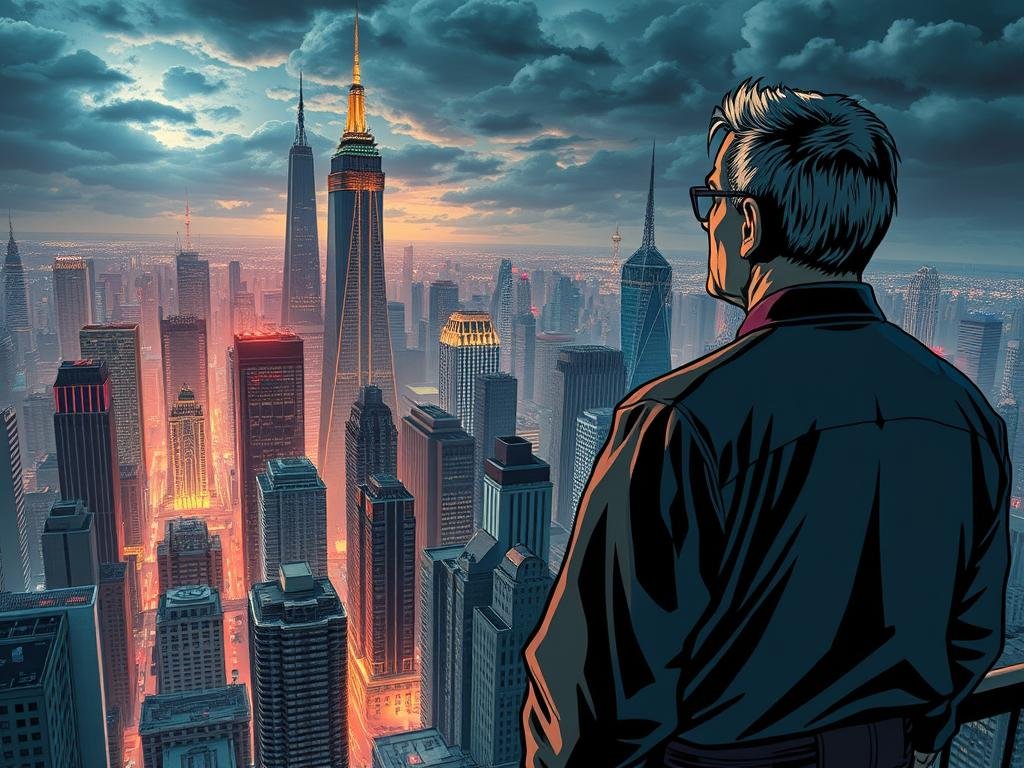
Personal Connection to the Story
You can sense the author’s fingerprints in every panel. The writer doesn’t just imagine Clark’s struggles—he makes you feel the exhaustion of hiding true potential. I’ve rarely seen a creator blend personal vulnerability with genre tropes this seamlessly.
His approach reminds me why Astro City resonates decades later. Both works ask: What happens after the cape comes off? The answer lies in quiet moments—a hero staring at moonlight, questioning if their sacrifices matter.
Evolution of Busiek’s Writing Style
Early career projects showcased sharp dialogue and clever twists. But here, the writer digs deeper. Scenes breathe differently. Conversations linger on unspoken tensions rather than rushing to the next action beat.
- Moves beyond “hero’s journey” templates
- Prioritizes psychological realism over spectacle
- Uses internal monologues as emotional anchors
This maturation reflects in Clark’s aging process. We don’t just see powers develop—we witness a person evolving. It’s storytelling that trusts readers to embrace complexity, one layered panel at a time.
Artwork and Visual Style by Stuart Immonen
There’s a moment when visuals transcend panels and become emotional language. That’s what Stuart Immonen achieves here—every brushstroke feels intentional, every shadow purposeful.
His collaboration with Busiek isn’t just ink on paper—it’s a conversation between writer and artist.
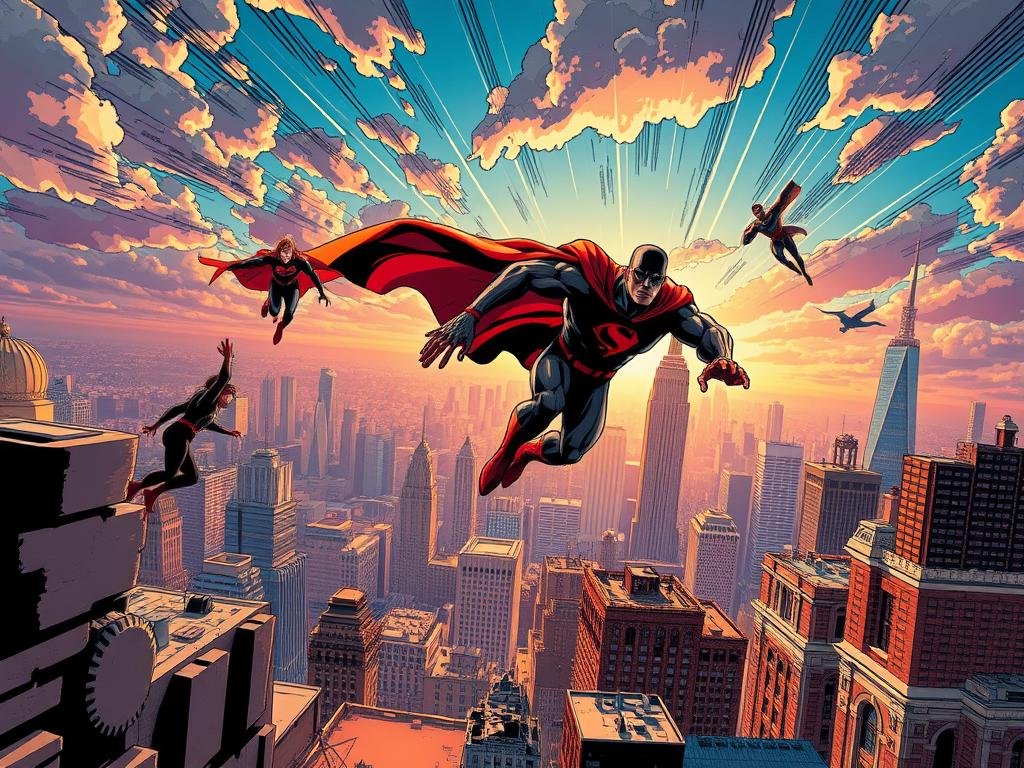
Unique Drawing Style
Immonen’s linework here defies expectations. Gone are the exaggerated poses from his earlier superhero work. Instead, we get subtlety—a raised eyebrow that reveals doubt, slumped shoulders carrying invisible weight.
His characters breathe with authenticity, their humanity shining through even during extraordinary moments.
Use of Color and Panel Layout
The muted palette grounds the story in reality. Soft grays and washed blues replace primary-color explosions, making Clark’s world feel tactile.
Double-page spreads of flight sequences? Pure magic. Immonen balances wide skies with tight close-ups, mirroring the push-pull of ordinary life versus superhuman potential.
What amazes me most is how time enhances this work. Details like fading sunlight on a barn wall or rain-soaked city streets gain depth with each reread. It’s visual storytelling that rewards patience—proof that great art ages like fine wine.
Storytelling Techniques: Diary-Style Narrative and Realism
There’s something raw about reading a story that feels like stolen pages from someone’s diary. This graphic novel’s journal format doesn’t just tell events—it lets you live them through Clark’s handwritten confessions.
You’re not watching heroics unfold—you’re peering into private thoughts typed late at night, when truth flows easiest.
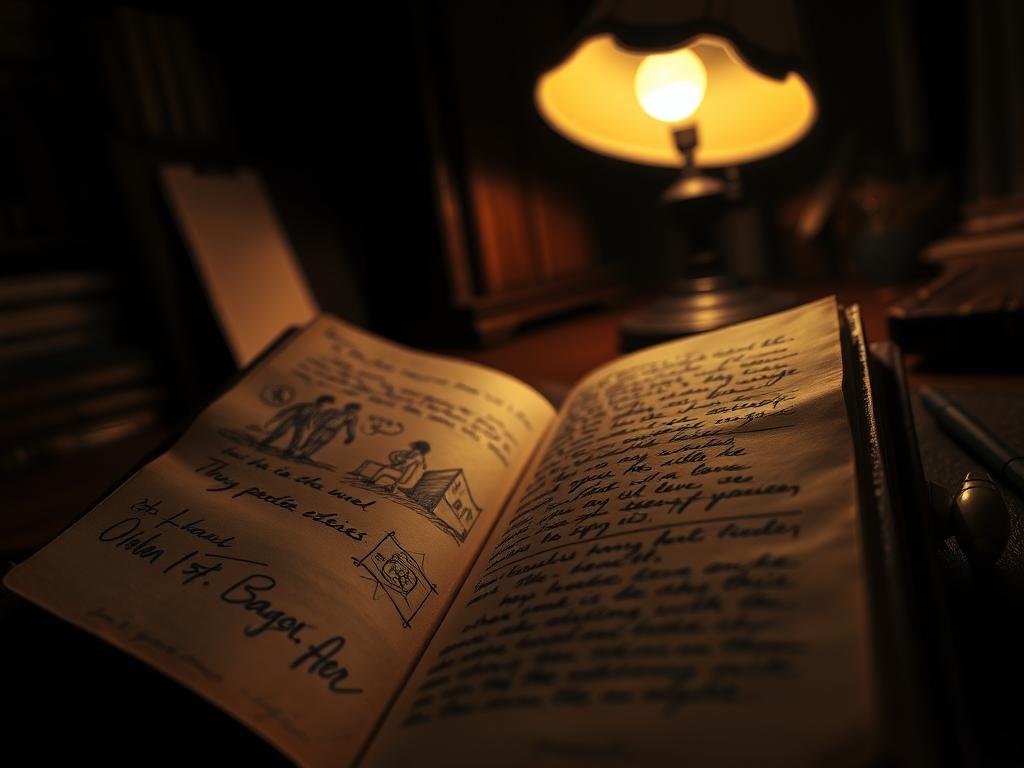
The Role of Journal Format in Storytelling
Todd Klein’s typewriter-style text boxes changed my reading experience completely. The clunky letters and uneven spacing make every entry feel like a fact whispered between friends. I found myself leaning closer to panels, as if decoding real-life secrets.
This way of storytelling does three brilliant things:
- Creates immediate intimacy—like finding someone’s hidden notebook
- Shows character growth through changing writing styles over decades
- Makes extraordinary events feel grounded in a person’s daily reality
“Journals don’t care about plot twists—they care about why your hands shook when you wrote this sentence.”
| Traditional Narrative | Diary-Style Approach |
|---|---|
| Focuses on action sequences | Prioritizes emotional aftermath |
| Omniscient third-person perspective | First-person vulnerability |
| Linear timeline progression | Memory-driven reflections |
What stays with me isn’t the flying scenes—it’s the smudged ink where words trailed off. That’s the power of this format. It turns superheroics into something you could’ve written yourself at 2 AM, wondering if anyone would ever understand.
Character Evolution: Clark Kent and His Identity
Growing up means changing how we see ourselves—and few characters embody this truth like Clark. Watching him navigate different life phases feels like flipping through a family photo album where every snapshot reveals new layers.
The beauty lies in how ordinary milestones—first love, career choices, parenting—become extraordinary when paired with world-altering abilities.
A Journey Through Life Stages
Teenage Clark’s story hit me hardest. His trembling hands after accidentally bending steel? That’s not superhero anxiety—it’s universal teenage awkwardness amplified.
As years pass, we see priorities shift. Early adulthood brings questions about purpose: “Should I hide these gifts or use them?” His wedding day isn’t about vows—it’s about trusting someone with his true self.
Middle age introduces fresh challenges. Now a father, Clark’s fears mirror any parent’s: “Will my kids inherit this burden?” The graphic novel spends time showing how responsibility reshapes power. Saving cats from trees becomes less urgent than teaching compassion.
- Powers evolve from chaotic accidents to intentional tools
- Relationships deepen through shared vulnerability
- Self-acceptance grows alongside gray hairs
What sticks with me isn’t the flying—it’s Clark’s sigh when his daughter asks why he never became famous. His answer? “Some gifts are quieter.” That’s the heart of his identity: extraordinary abilities serving ordinary life, not the other way around.
Themes of Duality and Humanity in a Real World
Humanity’s greatest battles are fought in the quiet spaces between who we are and who we pretend to be. This graphic novel turns superpowers into a mirror for our hidden selves—the parts we polish for others versus the raw edges we keep private.
Clark’s journey isn’t about defeating villains, but reconciling the weight of extraordinary gifts with ordinary human needs.
Balancing Superpower and Normalcy
What struck me most wasn’t the flying scenes—it was watching Clark’s hands tremble as he held Lois’s.
Their relationship thrives not through grand gestures, but in shared glances that say, “I see your truth.” In a world obsessed with performance, their bond becomes radical simply by existing.
The story dismantles the superhero myth that powers solve problems. Instead, Clark’s abilities amplify universal struggles:
- Choosing vulnerability over perfection
- Finding safety in selective honesty
- Measuring strength by what you don’t use
“We don’t wear masks to hide—we wear them to see who cares enough to look underneath.”
| Public Self | Private Self |
|---|---|
| Casual jokes about his name | Midnight flights to quiet his mind |
| Office job routines | Secret journals filled with unsent thoughts |
What makes this real world portrayal resonate? It acknowledges that everyone carries secret strengths and silent fears. Clark’s journey isn’t about becoming a hero—it’s about becoming a man who lets his full self be loved, not just admired.
The Impact on Superhero Storytelling: A Product Review Angle
Rarely does a comic redefine its genre, but when it does, the ripples last decades. This graphic novel cracked open the superhero formula by asking what happens when extraordinary abilities meet ordinary human fears.
It’s not about saving cities—it’s about saving your soul from the weight of impossible expectations.
What makes this story one of the best in modern comics? Simple: It treats powers as emotional baggage rather than plot devices. While most superhero tales focus on external threats, here the battle rages internally.
Imagine Spider-Man’s “great responsibility” speech stretched across a lifetime of quiet choices.
| Traditional Superhero Stories | This Groundbreaking Approach |
|---|---|
| World-ending stakes | Personal identity crises |
| Clear heroes vs. villains | Moral ambiguity in daily choices |
| Power fantasies | Power as psychological burden |
The series influenced countless creators to explore vulnerability in caped narratives. Recent shows like The Boys owe it a debt—proof that audiences crave stories where strength comes from humanity, not heat vision.
“Great art doesn’t show us how to fly—it shows us why we’re afraid to jump.”
As a product, this work succeeds by balancing accessibility with depth. New readers get a fresh take on familiar tropes, while longtime fans appreciate its layered commentary. It’s one best example of how comics can mature without losing their sense of wonder.
Three reasons it reshaped the genre:
- Prioritized character growth over crossover events
- Made superpowers metaphors for real-world anxieties
- Proved quiet stories can have louder cultural impacts
Insights into Everyday Life and Secret Identity
What makes this story unforgettable isn’t cosmic battles—it’s how secret identity becomes a lens for universal growing pains.
Imagine being named after a fictional hero, drowning in birthday gifts you never wanted. That’s Clark’s real life hell: endless Superman merch from parents who think it’s funny, locker room jokes that sting like kryptonite.
Here’s the brilliance—his powers don’t erase these struggles. They magnify them. Every crushed doorknob reminds him how different he feels. Every whispered “Smallville” insult cuts deeper when you could bench-press a tractor.
The story asks: What if your greatest strength was knowing when not to use it?
Clark’s journey mirrors our own battles with identity. We’ve all worn masks to fit in, even though authenticity feels lighter. His quiet victories—keeping friendships, finding love—prove ordinary life demands its own kind of heroism.
This graphic novel redefines what secret identity means. It’s not about hiding powers—it’s about protecting the fragile parts of ourselves that make living worthwhile. And isn’t that the most human struggle of all?
FAQ
Q: How does this graphic novel approach Clark Kent’s story differently?
A: Instead of focusing on the traditional hero mythos, it explores a realistic perspective of someone named Clark Kent gaining powers in a world where Superman is just a comic book character. It’s less about saving the world and more about navigating life’s ordinary challenges while hiding extraordinary abilities.
Q: What inspired the blend of diary-style storytelling and superhero elements?
A: Kurt Busiek wanted to ground the narrative in everyday authenticity. The journal format lets readers connect with Clark’s personal growth, fears, and joys over decades, making his struggles with identity and secrecy feel intimate and relatable.
Q: How does Stuart Immonen’s artwork enhance the book’s tone?
A: Immonen’s expressive linework and subtle use of color shifts mirror Clark’s emotional journey. Scenes of quiet moments—like flying alone at dawn—are rendered with a poetic simplicity that contrasts beautifully with the story’s deeper existential themes.
Q: Can I enjoy this if I’m not a fan of traditional superhero comics?
A: Absolutely! The story prioritizes human drama over action. It’s a meditation on loneliness, purpose, and finding meaning in a world that doesn’t understand you—themes that resonate even if you’ve never picked up a cape-and-cowl story.
Q: Why does the story span so many years of Clark’s life?
A: By showing his evolution from a bullied teen to an adult with a family, Busiek emphasizes how identity isn’t static. Each phase—first love, career choices, parenthood—adds layers to his relationship with his powers and the weight of keeping them hidden.
Q: How does this compare to Busiek’s work on Astro City?
A: Both explore ordinary lives in extraordinary worlds, but here, the focus is tighter. Instead of an ensemble cast, it’s a deeply personal character study. You’ll still find his trademark empathy, though—Busiek never lets the “super” overshadow the “human.”
Q: Is the deluxe edition worth purchasing for new readers?
A: Yes! The enhanced artwork and additional commentary from Busiek and Immonen provide rich context. It’s a definitive version that elevates an already poignant story, making it ideal for both first-timers and longtime fans.
